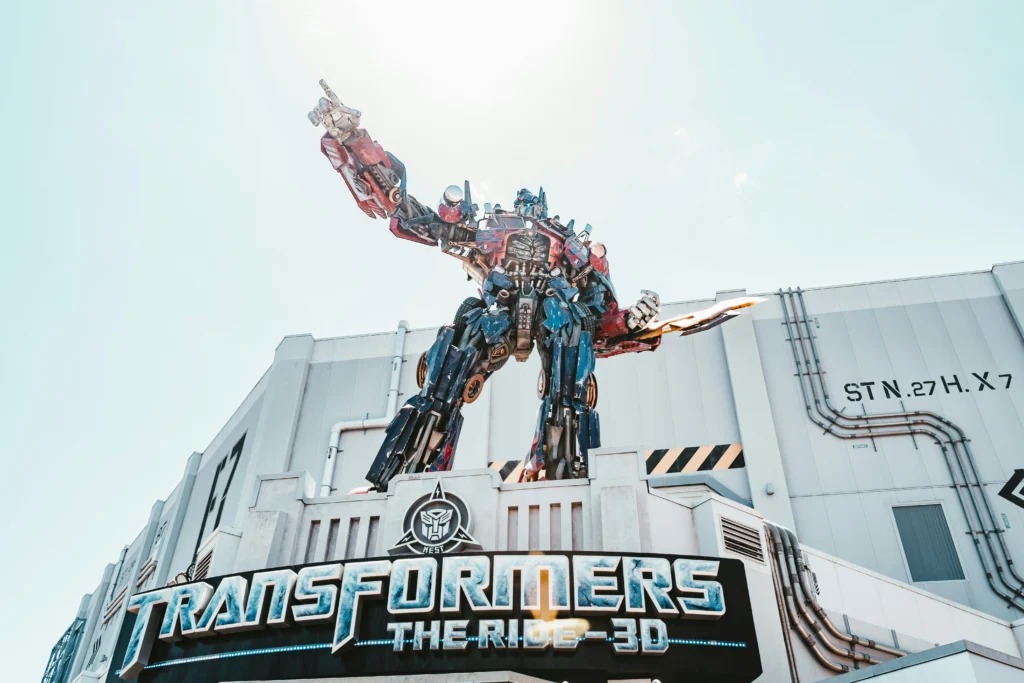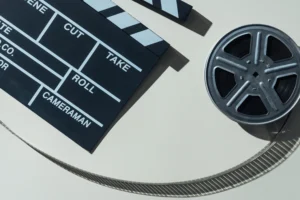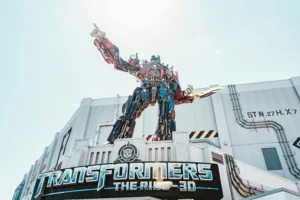
Fonts play a critical role in shaping the branding of movies. The right typography can communicate the genre, tone, and overall atmosphere of a film. From the iconic scroll of “Star Wars” to the spooky fonts used in horror movie posters, fonts help audiences immediately recognize what kind of movie they are about to experience. In this article, we will explore the profound impact fonts have on movie branding, how they influence audience perception, and the various factors that go into choosing the perfect font for a film’s marketing materials.
Movie branding is a crucial aspect of a film’s success, and fonts serve as an essential tool in this process. Whether it’s the film’s logo, posters, trailers, or even merchandise, fonts set the mood and tone for the film’s marketing campaigns.
One of the primary ways fonts impact movie branding is by helping to establish the genre. Audiences have become accustomed to certain visual cues, including font styles, that correspond to particular film genres.

Fonts can also evoke strong emotions, which is vital in establishing a connection between the movie and its audience. The right typography can make the difference between a film poster that feels cold and distant or one that is warm and inviting.
When movie fonts are memorable, they contribute to brand recall. Iconic fonts become synonymous with the movies themselves, much like logos for brands. Consider the instantly recognizable font used for “The Godfather,” which features a hand holding puppet strings, further emphasizing the film’s theme of power and control.
Throughout film history, there have been numerous instances where fonts have played a pivotal role in branding, adding to the movie’s identity.
Few films have as iconic typography as “Star Wars.” The scrolling text that opens each film, combined with the bold, futuristic font used for the title, is recognized worldwide. This font has become synonymous with the space opera genre.
The dinosaur-themed logo and bold serif font of “Jurassic Park” have left a lasting impact on moviegoers. The use of a serif typeface conveys a sense of grandeur and awe, fitting for a movie about massive creatures from a bygone era.
Tim Burton’s “The Nightmare Before Christmas” uses a whimsical yet eerie font, capturing the essence of the film’s mix of Halloween and Christmas elements. The unique, hand-drawn style of the font reinforces the film’s stop-motion animation and gothic tone.
The font used in “The Avengers” features strong, bold letters that symbolize power and unity. The design is sleek, modern, and perfectly suited for a film about a team of superheroes coming together to save the world.
The choice of fonts in movie branding can subtly, or sometimes overtly, influence audience perception. Fonts communicate nonverbal messages that audiences interpret, sometimes without even realizing it.
Fonts help set expectations about the movie. When a viewer sees a particular font style, they instantly make assumptions about the movie’s genre and tone.

In a crowded film market, standing out is crucial. Fonts help differentiate one movie from another by giving each film its unique visual identity. For example, the font used in “La La Land” was inspired by vintage Hollywood, aligning perfectly with the film’s nostalgic themes.

Over time, fonts used in successful movies often become part of the film’s legacy. Fans associate those fonts with the movies, creating a lasting visual memory that persists even after the film’s release.

Choosing and designing the right font for a movie is a strategic decision. Movie studios, graphic designers, and marketers carefully select or create fonts that reflect the film’s essence while ensuring the typography resonates with the target audience.

Many films commission custom fonts to make their branding truly one-of-a-kind. These fonts are created specifically for the movie, ensuring no other film has the same visual identity. Examples include the fonts used for “Harry Potter” and “Lord of the Rings.”
While aesthetics are important, legibility is also a critical factor in movie branding. Fonts need to be easily readable on various platforms, from posters to trailers to digital marketing campaigns. Designers must find a balance between creating visually interesting fonts and ensuring they are legible at a glance.
Different marketing platforms may require different font styles. A font that looks great on a large movie poster may not translate well to a mobile app or social media post. Designers need to consider where the font will be used and adjust accordingly.
Fonts are an integral part of movie branding, and their influence goes beyond simple aesthetics. They establish the genre, set audience expectations, evoke emotions, and create a lasting visual legacy. Iconic fonts become synonymous with the movies themselves, helping to reinforce brand recall and audience loyalty. As the film industry continues to evolve, fonts will remain a vital tool for creating effective and memorable movie branding.
Ultimately, the power of typography in movie marketing should not be underestimated. From horror films that use jagged fonts to thrill viewers, to romantic comedies that employ soft, flowing scripts, fonts shape our perception of films before we even step into the theater. Whether through custom fonts or smart typographic choices, the right fonts can elevate a film’s branding, making it more engaging and unforgettable for audiences.